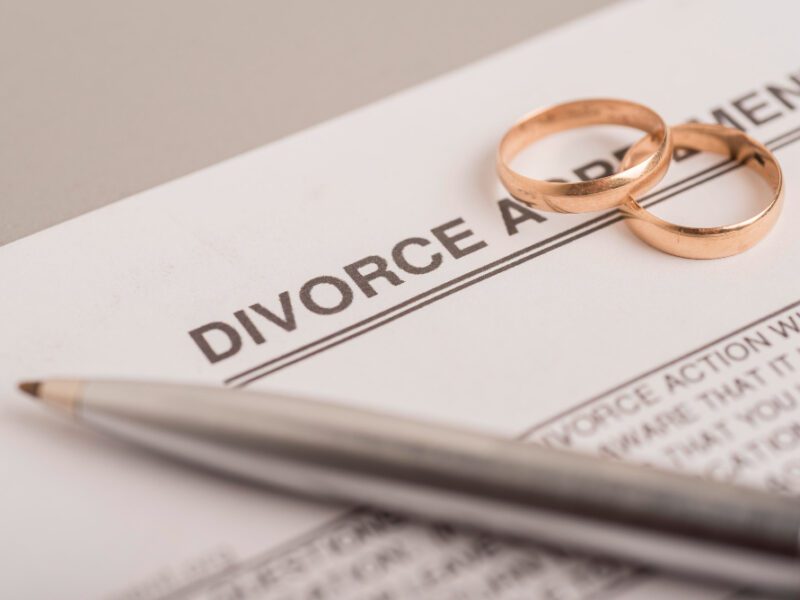Filing a personal injury claim isn’t easy. Suppose you’re not capable of hiring an attorney. Will you drop the case and move on to avoid going through any hassle? Or, will you find other ways to proceed with your claim?
If you’re wondering how to file a personal injury claim when you can’t afford a lawyer, you don’t have to worry, as there are no win no fee claim solutions for people with the same concern. This alternative could benefit people who lack the financial capability to sustain the long, dragging legal procedures.
If you want to know more about this matter, continue reading this article.
Tips For Filing A Personal Injury Claim
Legal representation is crucial when you’re facing a dilemma or about to make vital decisions in life. Mainly, attorneys and lawyers could be extremely helpful in assisting you with corporate, criminal, personal, or civil matters. However, it’s well established that to get proper legal assistance, you have to pay for it. If you can’t afford to hire one, worry not, as there are plenty of ways to file a claim in court, including self-representation and hiring no win no fee lawyers.
Rather than stressing over the financial issues of filing a personal injury claim, you can consider some of the tips listed below for settling such concerns better.
- Collect Information About The Accident
Upon experiencing personal injury or any accident, there are several things you’ll have to do to ensure you get the rightful compensation for your situation, more so if you’re filing a personal injury claim. While the process may seem tiring and overwhelming, starting with the simplest things may help get you through this stage.
For starters, it’s essential to know the proper measures you need to take to prove the accident, which may include the following considerations:
- Take notes of the accident, including the injuries you sustained and the losses you encountered.
- Write down conversations you had with the people involved in the accident.
- Collect and preserve evidence of the accident, such as photos, videos, and medical data.
- Locate witnesses of the accident to prove your case.
- Estimate The Damages
Aside from collecting information about the accident, another essential step you need to consider before filing a personal injury claim is damage estimation. It refers to the initial appraisals of the probable impacts of an attack or harm to a person. Intrinsically, there are two types of damage estimated in personal injury claims, which may include special and general damages. The former is for damages that can be accurately calculated, while the latter is for damages not adequate for accurate estimation.
You may include medical bills, lost earnings, financial losses, and lost earning capacities when computing special damages. You may also consider property damage that’s attributed to your situation. Other factors you can include in compensatory damages may include present value, and pain and suffering. If you’re having difficulties with this task, you can consult public lawyers or defenders for better insight.
3. Send A Demand Letter
After computing the estimated damages, the next thing you can do is send your demand letter. If the defendant is willing to cooperate, then the better. However, if they’re not, the best thing to do is prepare a demand letter. Sending one typically indicates a need for strict settlement negotiations since the defendants aren’t amenable to facing their criminal responsibilities.
When making a demand letter, you can consider the following:
- reasons proving that the defendant or insurance carrier is liable for the accident
- nature and extent of the injuries
- medical certifications and treatment after the accident
- financial losses attributable to the injuries you sustained and the accident
- other losses you experienced, including pain, suffering, and other psychological aftereffects
You can send these letters once the investigations into the accidents are carried out, or you’ve taken detailed notes on the impact of the accidents on all aspects of your life. The demand letter is usually the jumping-off point for serious settlement negotiations.
4. Arrange Settlements
After sending out the demand letters, you can proceed with the settlements. Before going through this stage, note that the insurance company or the defendant’s side may go miles to minimize the compensatory damages they’ll pay. So, it’s best to prioritize your welfare and seek legal assistance.
If you’re worried about the fees, you can consider a no win no fee alternative or hire public lawyers. You can avoid getting sidetracked and overwhelmed with legal terms by legal assistance. You can start negotiating with the other party and lay down your conditions. If you’re starting on the high side, then that’s fine. After all, it’ll give you more room for negotiations and better compensation.
If ever you’re faced with low personal injury settlement offers, then that’s the time you can consider counter-offers.
Final Thoughts
Filing a claim isn’t a walk in the park experience for most people. Even if you have a lawyer to process things for you, the procedure may take some time and could be financially straining in the long run.
Therefore, it’s crucial to know the available options you can consider to get things done, such as consulting a lawyer, especially no win no fee attorney, when you can’t afford legal assistance fees. Or, you can consider self-representation. To do that, you can view some of the things listed above for better handling of this matter.



